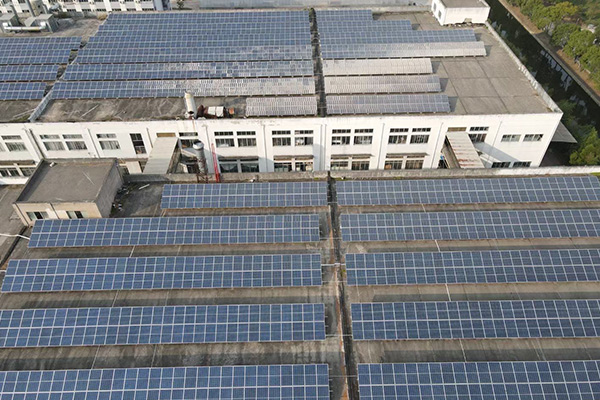Flat roofs, common in commercial and industrial buildings, offer vast potential for solar energy deployment. However, their unique structural challenges require specialized solar panel mounting brackets designed to ensure stability, safety, and efficiency. This article explores the key components, installation considerations, and advancements in flat roof solar mounting systems.
Types of Flat Roof Mounting Brackets
Flat roof solar brackets are engineered to address load distribution, wind resistance, and roof compatibility. The primary systems include:
1. Ballasted Systems: These rely on weighted materials (e.g., concrete blocks) to secure the array without penetrating the roof. Ideal for delicate roofing membranes like TPO or EPDM, ballasted systems (e.g., IronRidge’s BX Ballasted System) avoid waterproofing damage while providing flexibility in layout .
2. Mechanically Attached Systems: Using bolts or clamps, these systems fasten directly to the roof structure. They’re suitable for roofs with high load-bearing capacity and require precise waterproofing around anchor points .
3. Adjustable Tilt Systems: These brackets (e.g., BlueSun’s Adjustable Tilt Mount) allow optimizing panel angles (typically 5°–30°) to maximize solar irradiance, crucial for flat roofs with limited natural slope .
Material Selection for Durability
The choice of materials is critical for longevity and performance:
– Aluminum Alloys: Lightweight, corrosion-resistant, and cost-effective, aluminum (e.g., 6063 alloy) is widely used. Anodized finishes enhance protection against coastal salt or industrial pollutants .
– Stainless Steel: Though heavier, stainless steel (e.g., SUS304) offers superior strength and durability in high-wind or extreme weather zones .
– Composite Materials: Emerging options like fiberglass-reinforced polymers (FRP) combine lightness with resistance to UV degradation, ideal for long-term outdoor use .
Advantages of Flat Roof Solar Mounting
Flat roof brackets offer distinct benefits:
– Space Utilization: Transform underused rooftops into energy-generating assets, critical in urban settings with limited land .
– Cost Efficiency: Ballasted systems often bypass costly roof reinforcements, while modular designs (e.g., SPC’s Triangle Brackets) reduce installation labor .
– Aesthetic Integration: Low-profile brackets (e.g., RockSolar’s Z-Bracket) blend discreetly with modern architecture, avoiding visual clutter .
Future Innovations
The industry is evolving toward smarter, more sustainable solutions:
– Lightweight Materials: Advanced composites and high-strength aluminum alloys are reducing bracket weight while maintaining structural integrity .
– IoT Integration: Smart brackets with built-in sensors monitor panel performance, adjusting tilt angles in real-time based on weather data .
– Modular Design: Systems like Trifix Proline’s ramp system allow easy expansion or reconfiguration, adapting to changing energy needs .

